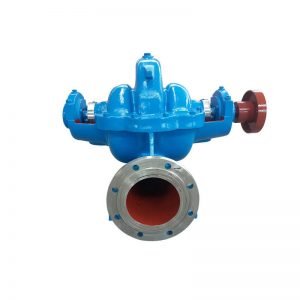Axial Flow Pumps in Ferry
Axial Flow Pumps in Ferry
Pumps play a large and varied role in the operation of marine machinery and equipment and are often employed to optimize navigation performance and serviceability of maritime vehicles. They generally employ axial flow, mixed flow, or centrifugal-flow. Axial flow pumps are the most commonly used, particularly to increase thrust. Mixed flow pumps combine features of axial and centrifugal flow pumps, and are most commonly used for smaller boats. Centrifugal-flow pumps are the largest and used for external outboard sterndrives.
In recent years, pump-action has been regularly employed to accelerate the speed of the craft, minimize stress on craft engines, reduce shuddering of the craft at high speeds, and increase the ability to maneuver the craft. This is especially useful when a craft is attempting to dock and needs to be able to correct and adjust alignment quickly. Pumps are ideal for propelling crafts through shallower waters, reducing damage to the hull, and preventing pollution. This is an important feature where there is dense vegetation (e.g., seaweed), multiple crafts with mooring lines in the water, or piping or underwater structures that could potentially either damage a craft or be damaged by one.
Generally, the pumps used on ships and the port pumps that service them are referred to as ship pumps. A certain amount of energy must be available to meet the needs of the crew and passengers, to ensure normal navigation or mooring, and to ensure the stability, anti-sinking, habitability, safety, and vitality of the ship, all of which are provided by pumps. They are not only installed in areas such as the ship’s power plant and cargo handling, but also in certain auxiliary devices.
According to incomplete statistics, various types of marine pumps account for between 20%-30% of the total marine machinery and equipment. The total amount of power consumed by a marine pump depends on the ship’s performance, functions, and equipment configuration, but it generally consumes between 5% and 15% of the total energy available.
Additionally, the price of marine pumps accounts for a large proportion of the cost of marine equipment. In total, between 4% and 8% of the total equipment costs of the ship are allotted for pumps.


